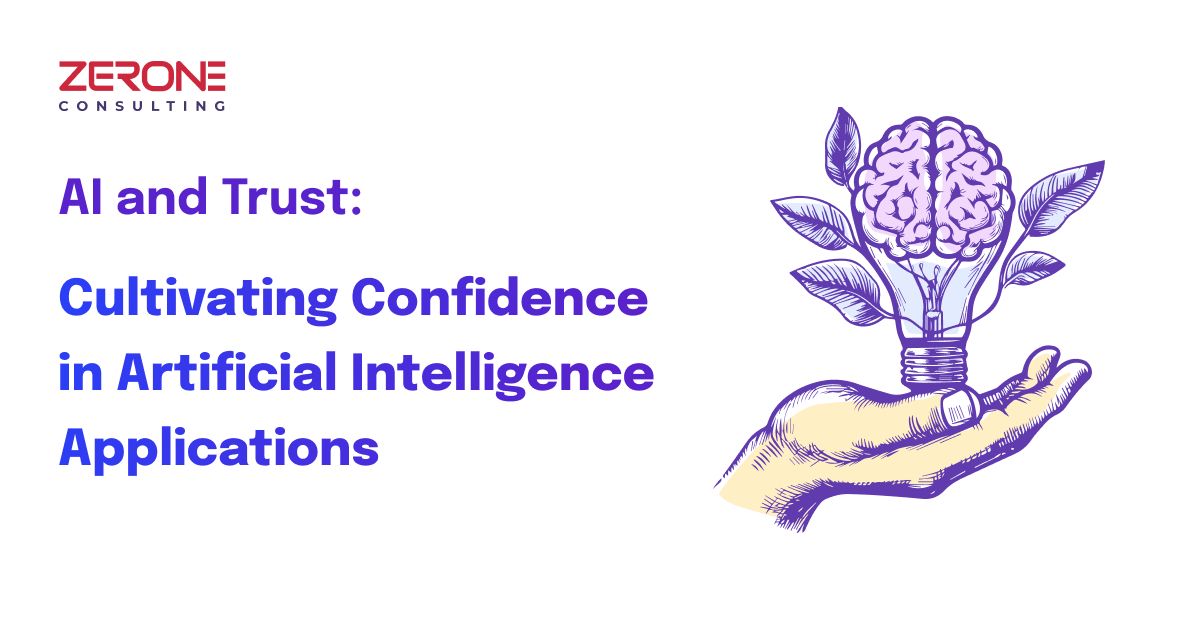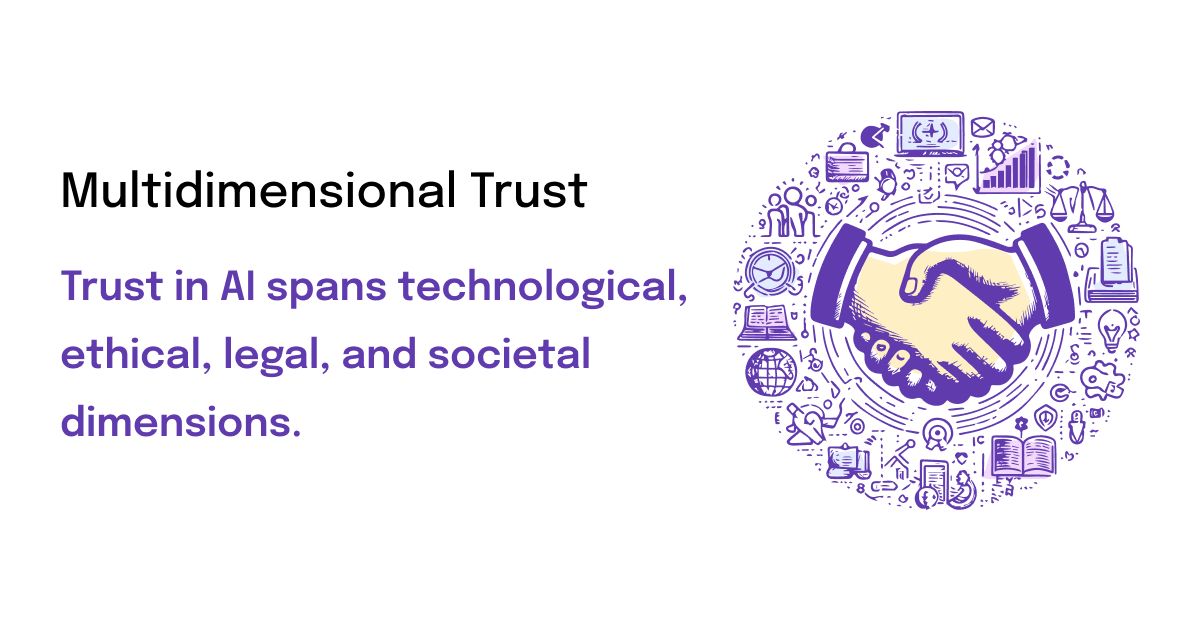AI and Trust: Cultivating Confidence in Artificial Intelligence Applications
In the rapidly evolving world of Artificial Intelligence (AI), trust forms the bedrock of successful AI integration across various domains. This in-depth exploration covers various facets of AI and trust, from technological underpinnings to societal implications, providing a holistic view of how trust in AI can be cultivated and sustained.

The Multidimensional Aspect of Trust in AI
Trust in AI is not just a singular concept but a multifaceted one, involving technological soundness, ethical considerations, legal frameworks, and societal perception.

Technological Soundness
Reliability and Performance:
Trust begins with the AI system's ability to perform reliably under diverse conditions.
Security and Privacy
Protecting data and ensuring the privacy of user information is crucial in building trust.
Ethical and Societal Considerations
Bias and Fairness
Tackling biases in AI algorithms is essential to prevent unfair outcomes.
Transparency and Accountability
Making AI systems transparent and holding them accountable for their actions fosters trust.
Legal and Regulatory Framework
Compliance with Laws
AI systems must comply with existing laws and regulations, adapting to evolving legal landscapes.
Development of AI-specific Legislation
Crafting laws specifically for AI governance can further strengthen trust.
Economic and Business Impacts
Impact on Employment
Addressing fears about AI and job displacement is important for societal trust
Innovation and Competitive Advantage
Demonstrating how AI can drive innovation and economic growth builds trust among stakeholders.
Building Blocks for Trust in AI
1. Robust Design and Development
This phase focuses on crafting AI systems that excel technically, ethically, and in user experience. It involves weaving ethical standards into the AI's fabric, ensuring fairness and transparency, while also designing for intuitive and user-centric interactions. This approach ensures the creation of AI solutions that are not only powerful and efficient but also trusted and accessible to all users.

2. Stakeholder Engagement
Involving a wide range of stakeholders, including users, ethicists, and policymakers, in the AI development process ensures a more balanced approach.
3. User-Centric Approach
Designing AI with the end-user in mind, focusing on enhancing user experience and utility.
4. Ethical AI Frameworks
Developing and implementing ethical frameworks and guidelines specific to AI use cases.
5. Education and Transparency
Educating users and the public about AI capabilities and limitations helps demystify the technology.
6. Regular Audits and Updates
Conducting periodic audits of AI systems for performance, security, and ethical compliance ensures ongoing trust.
The Role of Leadership in AI Trust
Leadership in organizations plays a pivotal role in shaping AI policies and practices. A commitment to ethical AI use, transparency, and ongoing engagement with stakeholders is crucial for leaders to foster an environment of trust.
Challenges and Future Perspectives
While efforts to build trust in AI are ongoing, challenges such as the evolving nature of technology, varying global standards, and the complexity of ethical dilemmas persist. Looking ahead, a collaborative approach involving technologists, ethicists, policymakers, and the public is essential for the future of trusted AI.
Conclusion
Building and maintaining trust in AI is a complex and dynamic process, requiring a balanced approach that considers technological capabilities, ethical principles, legal compliance, and societal impacts. As AI continues to permeate various aspects of life, fostering a trustworthy AI environment will be crucial for its beneficial and sustainable integration into society
We can help!
Why Scrum Fits Like A Glove
#Customapplicationdevelopment
Mvps - A Silver Bullet In Software Development
#Customapplicationdevelopment



